Last week one of our former athletes reached out to me about doing an interview for a class he was taking. His assignment was to interview someone in the field he intended to work in, just to get a better idea of what it’s like.
On a personal note, it’s pretty cool to see athletes I’ve worked with as young teenagers buy in to the process and see results so much that they pursue a career in the same field. This reminds me of something I remember Mike Boyle saying. To paraphrase, “It’ll take 10 years to realize the real impact you have on kids’ lives.” I haven’t been at Endeavor quite that long, but have already had several athletes tell me they’re now (or will soon be) pursuing a career in strength and conditioning, physical therapy, or some other related profession.
Getting back to the interview, the first question he asked me was what some of the pros and cons were of working in the industry. I’m quite confident that everyone views these differently, depending on their individual circumstances, but here is my take.
Pros
It really depends exactly what sector you want to work in, as working with different ages, genders, athletic populations, and settings will all lead to different pros and cons. In my position, I get an opportunity to work with populations ranging from youth athletes looking to stay healthy and improve their performance to Olympic athletes training to compete for a world championship with USA Hockey to general population clients looking to improve their fitness.
The one thing common to every population that continues to fuel my enjoyment for the field is the opportunity to facilitate someone’s development.
Simply, watching people progress is rewarding.
As you may know, some of the players I started training shortly after joining Endeavor are now currently playing for professional teams. It’s great to watch them develop, both as athletes and as people.
Quality training can have a huge impact on a person, both physically and psychologically, and it’s fulfilling to help guide people toward their goals.
Cons
Every training client will bring his/her own challenges. I don’t view any of them as “cons” per se, but there are parts of my job that I definitely enjoy less than others.
Because everyone can exercise, a lot of people think they’re exercise experts.
This is no different than all the experts that call in to sports radio stations on Monday morning to complain about all the mistakes their city’s NFL coach made the day before, but it can be exhausting to have to constantly defend a philosophy to people with very little understanding of the underlying physiological mechanisms of training adaptation and how these may differ for different populations.
One of the big problems in our field is that it’s difficult to distinguish between an actual expert and those that represent themselves as experts.
The barrier to entry to become a personal trainer is minimal, so people can take an online or weekend certification course and immediately be perceived as qualified.
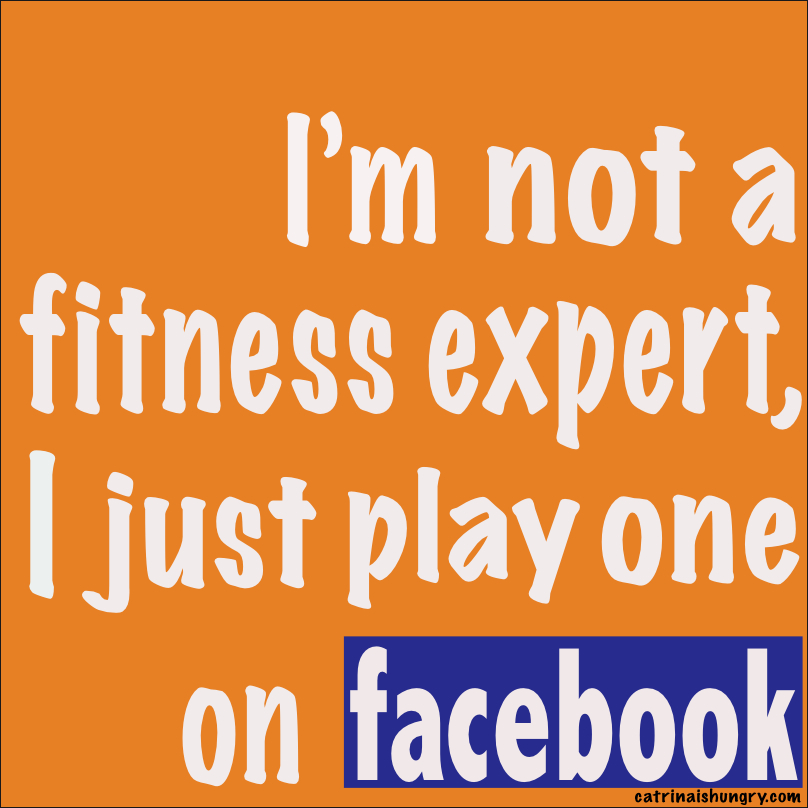
Image from CatrinaIsHungry.com
It’s interesting to note that training typically involves a high level of physiological load to create a specific adaptation that moves “healthy” (or at least uninjured) clients toward improved health, fitness or performance.
Physical therapy traditionally involves lower physiological loads to help bring an injured area within a client/athlete back to baseline (and beyond in many cases).
Physical therapists require 3-5 years of college leading to a doctorate and work under state licensure. “Trainers” need a weekend course with no other education and no state licensure.
It’s easy to see why this is not only frustrating for those that have higher qualifications, but it’s also dangerous for the public that is entrusting their health to someone that doesn’t have the foundational knowledge to design and implement an appropriate program.
Concluding Thoughts
I hope in my lifetime I see the bar raised for what minimum requirements a “trainer” must have. I know a lot of people get into personal training because they like training themselves and want to help others. That’s an admirable mission, and I understand the perspective. However, you can make parallel arguments in a lot of different professions. Maybe I like doing my taxes (stay with me) and want to help a few friends save some money so I help them with theirs. Or I read a lot about investment strategies and share some advice with a coworker. Or I find a few new healthy recipes I like and share them with my family. These are all examples of finding something I enjoy and using it to help others. Under no circumstances, though, can I claim to be a professional in accounting, financial advising, or dietetics. There are significant barriers to entry for these professions, as the “cost” of letting anyone advise on these matters is high, and potentially socially dangerous. It’s odd to me that the industry designed to help people manipulate their physical health in a way that influences the musculoskeletal, neuromuscular, cardiovascular, and endocrine systems basically lets anyone with an interest and a few hundred bucks work in the field.
To your success,
Kevin Neeld
HockeyTransformation.com
OptimizingMovement.com
UltimateHockeyTraining.com
Please enter your first name and email below to sign up for my FREE Athletic Development and Hockey Training Newsletter!
Get Optimizing Movement Now!
“…one of the best DVDs I’ve ever watched”
“A must for anyone interested in coaching and performance!”
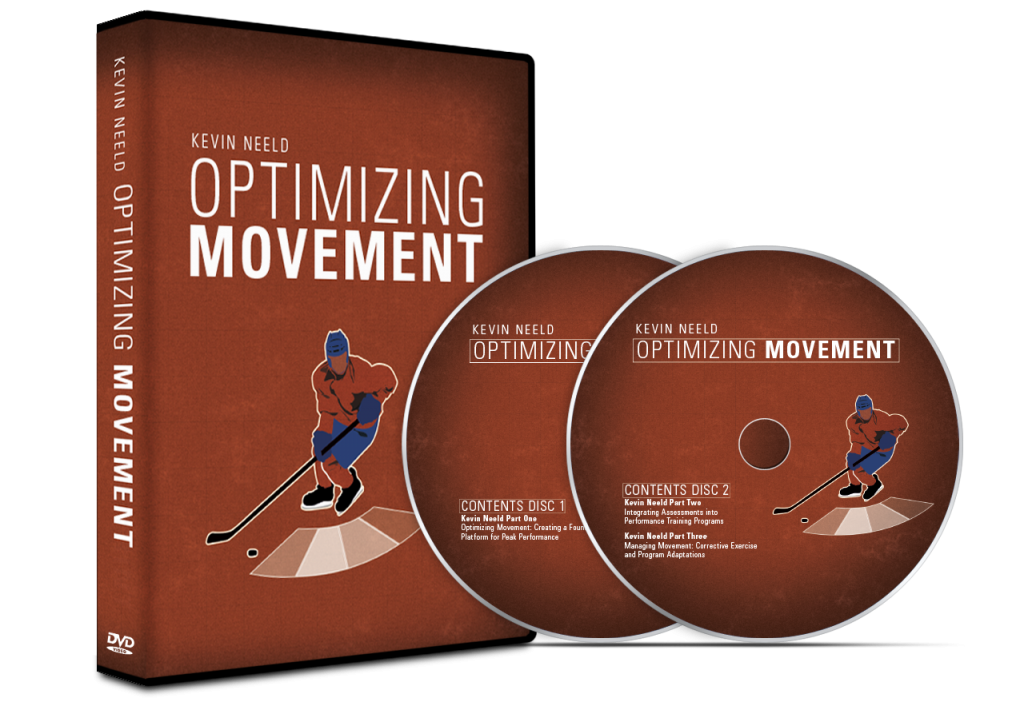






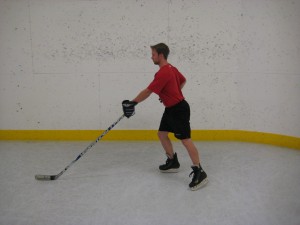
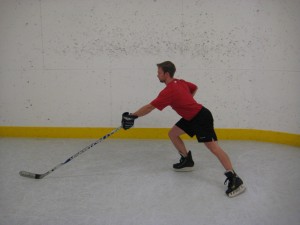

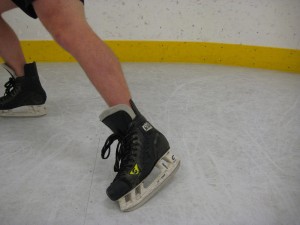
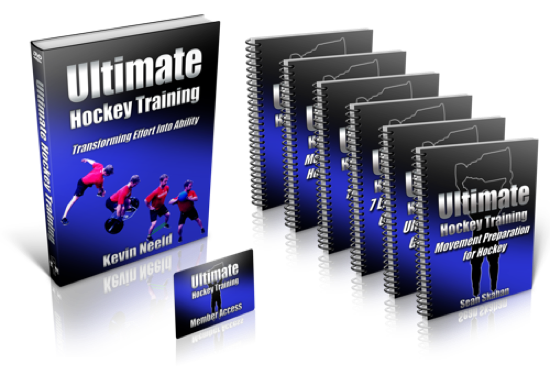
 Use CODE: "Neeld15" to save 15%
Use CODE: "Neeld15" to save 15%